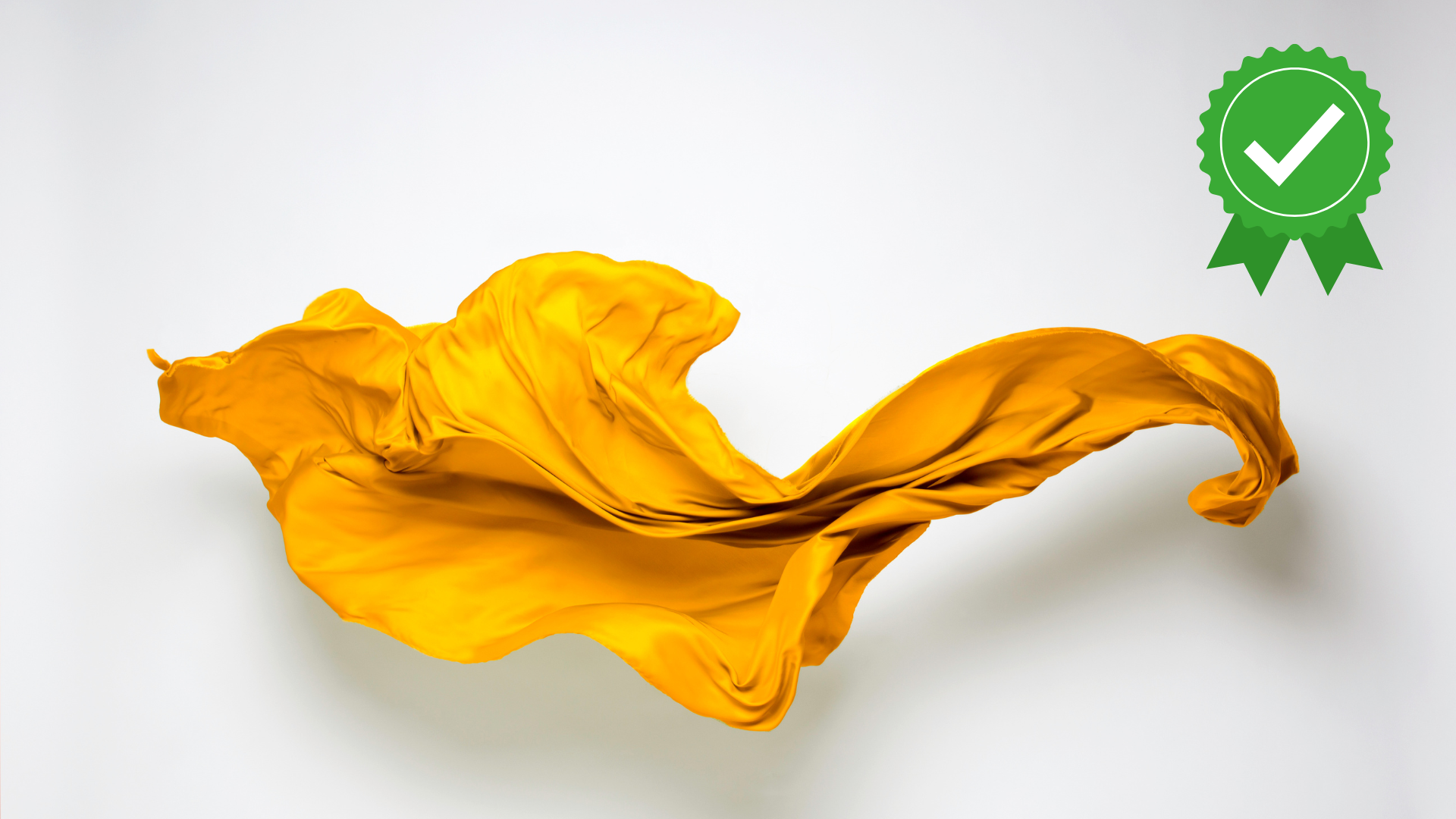In the textile industry, colour is a crucial aspect for the quality of the final product. A slight colour variation between production batches can compromise the uniformity of the collection, creating visible discrepancies between garments destined for the same assortment.
For this reason, colour quality control is an essential step in the production process to ensure colour consistency and customer satisfaction. But what are the main causes of colour variations in fabrics and what tools can help companies avoid these problems?
Why perform colour quality control on fabrics?
Colour variations in fabrics can result from many factors, some related to the materials used, others to production processes or even environmental conditions. For example, the chemical composition of dyes, the type of textile fibre or the temperature and humidity of the production environment can influence the way a fabric absorbs and reflects light. Even small differences in dye bath preparation or exposure times can lead to results that differ from those desired.
A colour error, if not detected in time, can have disastrous consequences. Think of a fashion brand that produces thousands of garments for the same collection: a difference in shade between batches could compromise design harmony, making it impossible to match jackets and trousers or fabrics with coordinated prints. The same applies to the furniture industry, where fabrics for sofas, curtains and cushions must comply with precise colour standards.
Colour quality control is not only an aesthetic issue, but also an economic and production issue. Identifying colour deviations at an early stage makes it possible to avoid material waste, reduce the number of returns and limit the costs of reworking or replacing defective goods. Furthermore, ensuring a uniform colour helps to reinforce the company’s perception of reliability and professionalism in the eyes of the customer.
Who needs colour quality control?
Quality control of colour is an indispensable practice for many in the textile industry, from the production of raw materials to the manufacture of finished products. Every stage of the supply chain can be affected by colour problems, making constant monitoring necessary to ensure visual uniformity and compliance with the required standards. But who are the main players who benefit from accurate colour control?
- Textile and fashion companies: Brands in the fashion industry must ensure that each garment in their collection respects the hues envisaged at the design stage. The slightest colour variation can compromise the consistency of the entire product line, negatively affecting consumer perception and, consequently, sales.
- Laboratories and industrial dye works: These operators must guarantee the faithful reproduction of the shades requested by customers, respecting strict quality standards. Each dyed batch must be analysed to avoid discrepancies that could compromise large-scale production.
- Fabric suppliers and manufacturers: those involved in the production of fabrics for the fashion, furnishing or technical sector must ensure that supplies are homogeneous and free of colour defects. This is essential to maintain customer confidence and fulfil supply contracts.
- Design studies and R&D (Research and Development): the creation of new shades and innovation in the field of colour require advanced control tools. Research laboratories must verify that the developed colours are stable and reproducible on different materials and under different lighting conditions.
In tutti questi ambiti, il controllo qualità del colore rappresenta una garanzia di precisione e professionalità, evitando problemi di produzione e migliorando la soddisfazione del cliente finale.
Why have a Colour Light booth in your company?
The perception of colour is strongly influenced by lighting conditions. A fabric that appears a certain shade in daylight can take on different hues under artificial lighting, leading to colour discrepancies that can escape the human eye if not assessed correctly. For this reason, the adoption of a Colour Light booth is the most effective solution to guarantee precise and uniform quality control.
The advantages of a colour matching box for colour control
- Simulation of different light sources: our light booth allows you to observe a fabric under varying lighting conditions, including natural light, neon, LED and other specific sources requested by customers. This helps to identify possible problems with metamerism, i.e. the tendency of a colour to change appearance depending on the light.
- Elimination of environmental influences: colour assessment in uncontrolled environments can be compromised by sunlight, interior lighting or reflection from nearby surfaces. Colour Light eliminates these interferences, providing consistent and reproducible conditions.
- Increased accuracy in visual inspection: although digital instruments such as spectrophotometers are useful for technical measurements, visual inspection remains essential, especially for fabrics with special textures, finishes or optical effects. A light box allows operators to perform more reliable and repeatable evaluations.
- Compliance with industry standards: many textile sectors require that colour quality control be performed in certified environments with specific lighting conditions. The use of a light box helps to comply with these regulations and to ensure that products meet market expectations.
Features of Ugolini’s Colour Light booth
- Multiple light sources: The cabinet can simulate multiple lighting conditions, including D65 daylight, incandescent and standard fluorescent lighting.
- Robust construction and adaptable dimensions: Built for durability and reliability, it adapts to the needs of laboratories and quality control departments.
- Intelligent control panel: Allows quick selection of different light sources for detailed colour analysis.
- Versatile applications: Ideal for textile companies, dye works, research and quality control laboratories that need to assess the colour conformity of products.
Se la tua azienda opera nel settore della tintura o della produzione tessile, investire in una cabina luce di qualità è una scelta strategica per migliorare l’efficienza dei controlli, ridurre i rischi di errori cromatici e garantire un prodotto impeccabile. Affidati a Ugolini per soluzioni avanzate nel controllo del colore e ottimizza il tuo processo produttivo con strumenti affidabili e innovativi.


